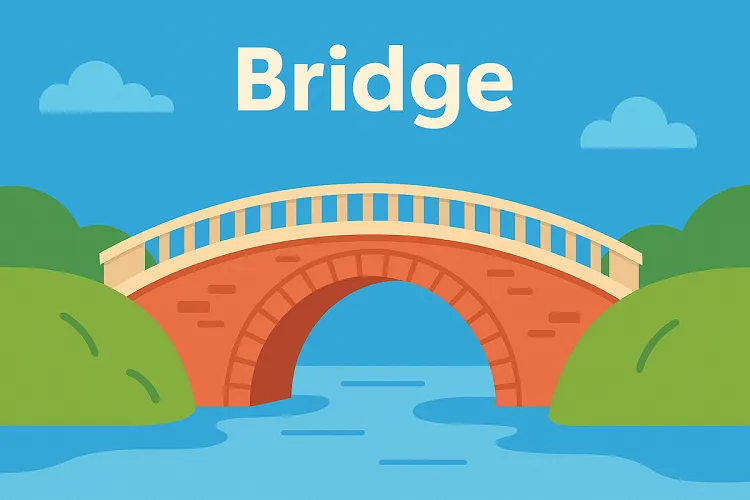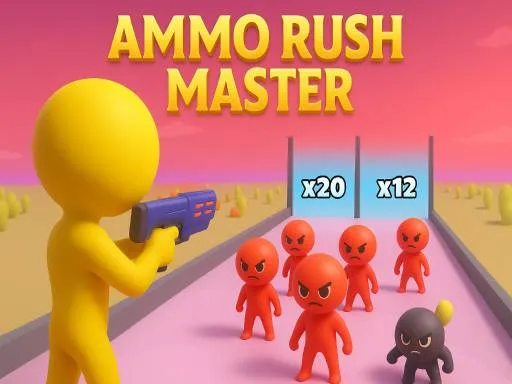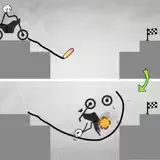Bridge Games
Bridge Games — Engineer Your Way to Success

Bridge-building puzzle games combine physics simulation, engineering principles, and creative problem-solving into uniquely satisfying challenges. These games task you with constructing stable structures — typically bridges — that can withstand weight, stress, and environmental forces using limited resources and materials.
The appeal lies in the perfect balance between creative freedom and physical constraints. You're not just arranging pieces arbitrarily; you're engineering functional structures governed by real-world physics principles like tension, compression, load distribution, and structural integrity.
Why Bridge Puzzles Are Uniquely Engaging
Applied Problem-Solving — Unlike abstract puzzles, bridge games present tangible engineering challenges. You see immediate, visual results when your designs succeed or fail, creating powerful learning through experimentation.
Creative Engineering — Multiple solutions exist for most challenges. Some players build elaborate, over-engineered marvels; others create minimal, elegant structures using the fewest materials. Your personality shows in your engineering approach.
Physics Satisfaction — Watching a carefully planned structure hold firm under stress creates visceral satisfaction. Conversely, spectacular collapses — while failures — are entertainingly dramatic and immediately instructive.
Resource Management — Most bridge puzzles impose budgets or material limits, adding strategic depth. You can't simply over-build everything; you must identify critical stress points and reinforce efficiently.
Progressive Complexity — Bridge games typically start with simple gaps and gradually introduce complications: longer spans, moving vehicles, uneven terrain, multiple materials with different properties, or environmental hazards.
Core Bridge Puzzle Mechanics
Material Selection — Different building materials (wood, steel, cables, hydraulics) have unique properties. Wood is cheap but weak; steel is strong but expensive; cables excel under tension but fail under compression.
Structural Principles — Successful bridges apply real engineering concepts: triangulation for stability, load distribution across multiple supports, appropriate material placement based on stress types.
Budget Constraints — Limited resources force strategic decisions. Do you reinforce the center or the supports? Use expensive steel sparingly or cheap wood abundantly?
Dynamic Testing — Once built, your bridge faces real-time tests. Vehicles cross, weight accumulates, or stress increases until the structure succeeds or catastrophically fails.
Terrain Challenges — Complex landscapes require creative solutions. Ravines, uneven banks, obstacles, or moving elements demand adaptive engineering approaches.
The Learning Curve
Bridge puzzle games offer rare examples of educational content disguised as pure entertainment. While solving challenges, players intuitively learn:
- Geometric stability through triangulation and support distribution
- Material properties and appropriate applications
- Force dynamics including tension, compression, and shear stress
- Cost-benefit analysis when optimizing designs within budgets
- Iterative design through trial, failure, analysis, and improvement
This learning happens organically through gameplay rather than explicit instruction, making bridge games secretly educational without feeling like lessons.
The Satisfaction of Success
Few puzzle game victories feel as satisfying as watching a carefully engineered bridge hold firm under maximum stress. You designed it, built it, and now witness it performing exactly as planned — a testament to your understanding of physics and structural principles.
Equally valuable are the failures. When a bridge collapses, the failure mode tells you exactly what went wrong. Did joints fail first? Did the roadbed sag? Did supports buckle? Each failure is a lesson, making your next iteration smarter and stronger.
Types of Bridge Challenges
Gap Crossing — The classic challenge: build a bridge across a chasm to support passing traffic.
Vehicle Transport — Design structures that allow specific vehicles (cars, trucks, trains) to cross safely.
Moving Elements — Some games add drawbridges, rotating sections, or dynamic obstacles requiring engineering creativity beyond static structures.
Material Limits — Challenges restricting you to specific materials or quantities, demanding optimal efficiency.
Environmental Hazards — Wind, earthquakes, water currents, or other forces that test structural resilience beyond static weight.
Perfect for Strategic Thinkers
Bridge puzzles appeal to players who enjoy:
- Engineering and construction themes
- Physics-based challenges with visible cause-and-effect
- Optimization puzzles finding the best solution within constraints
- Creative problem-solving with multiple valid approaches
- Trial-and-error learning where failures provide clear feedback
These games reward patience, planning, and iterative improvement — qualities that make them perfect for methodical thinkers who enjoy seeing their strategies tested by realistic physics simulation.
Discover Bridge Building Puzzles
Explore our collection of bridge puzzle games and test your engineering skills. Whether you're constructing simple wooden spans across narrow streams or designing complex steel structures across vast chasms, these games challenge you to think like an engineer, plan like an architect, and problem-solve like a puzzle master.
Build, test, fail, learn, and succeed. That's the bridge-building puzzle cycle — one that transforms abstract physics principles into concrete, satisfying gameplay where every successful structure stands as a monument to your problem-solving prowess.



